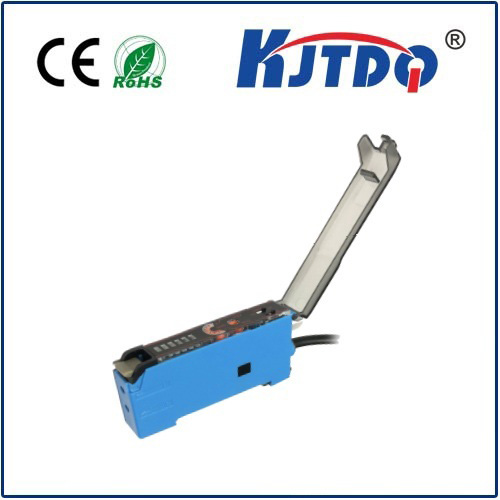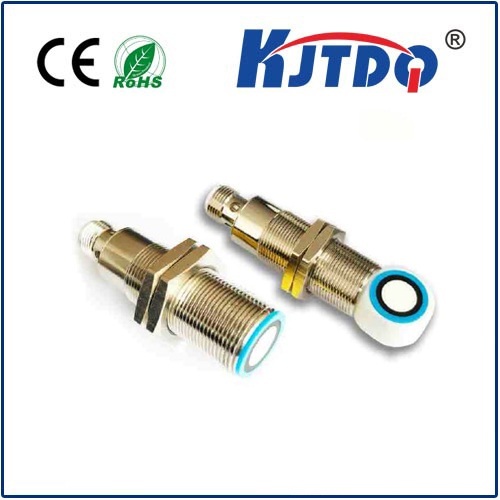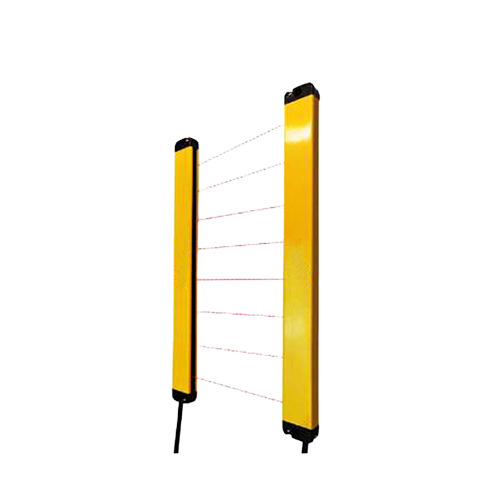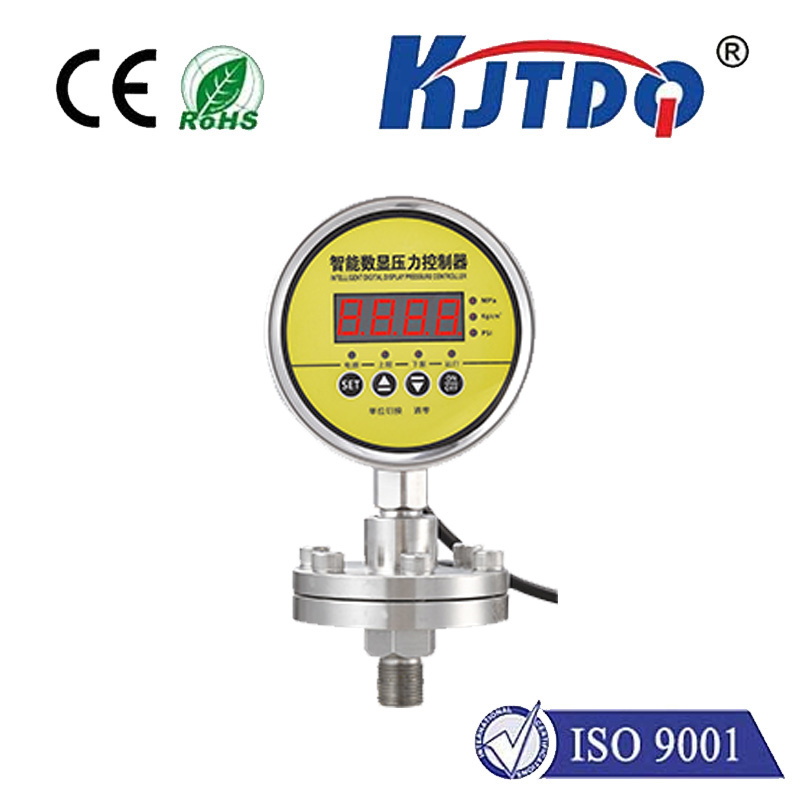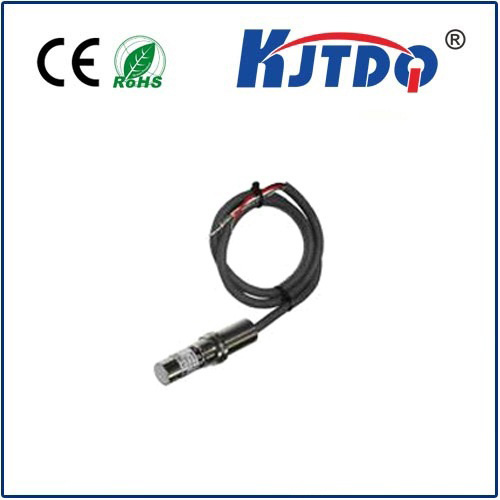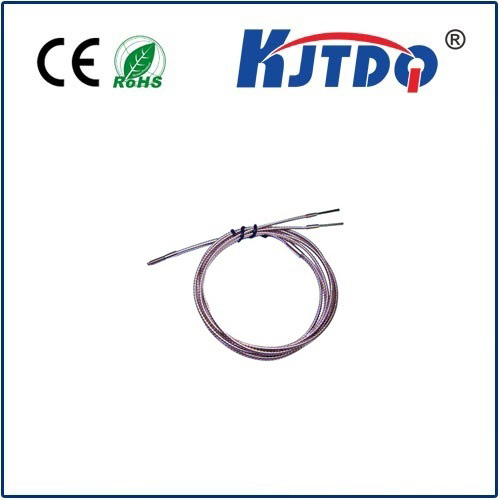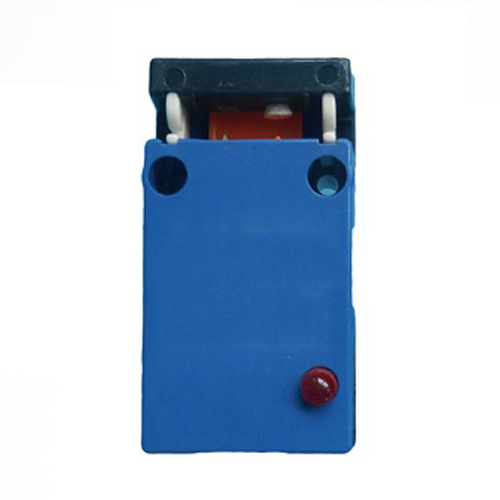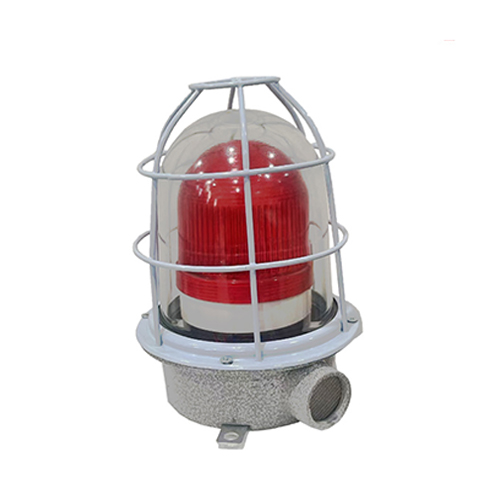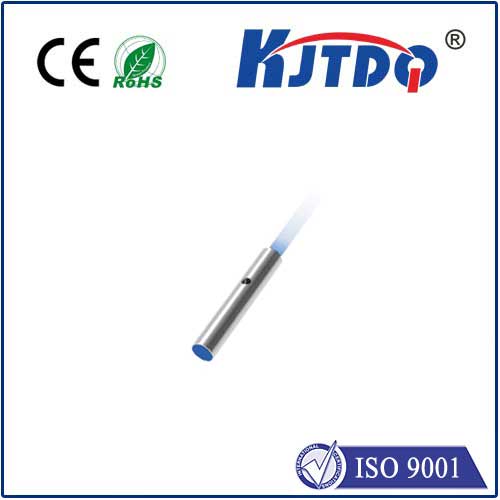

check

check

check

check
Title: The Importance of Limit Switch Heads in Automation Systems
In the world of automation and control systems, limit switch heads play a crucial role in ensuring accurate and reliable operation. A limit switch is a type of sensor that detects the presence or absence of an object, such as a machine component or material, within a specified range. It sends a signal to the control system when the object reaches a certain position or limit, triggering appropriate actions to be taken. In this article, we will discuss the importance of limit switch heads in automation systems and their various applications.

The primary function of a limit switch head is to provide feedback to the control system about the status of a particular process or machinery. This feedback is essential for maintaining proper synchronization between different components and ensuring that they operate within safe parameters. For example, in a packaging line, a limit switch may be used to detect when a product has reached the end of the conveyor belt, triggering the next stage of the packaging process. Similarly, in a manufacturing plant, limit switches can monitor the position of robotic arms, preventing them from colliding with each other or damaging equipment.
One of the key benefits of using limit switch heads in automation systems is their ability to improve safety and reduce downtime. By providing real-time feedback on the position and movement of machinery components, limit switches help prevent accidents and minimize the risk of damage to equipment. This not only protects workers and reduces injuries but also reduces maintenance costs and increases overall productivity.
Another advantage of limit switch heads is their versatility. They can be designed to suit a wide range of applications and environments, from harsh industrial settings to cleanroom environments. Different types of limit switch heads are available, including mechanical, magnetic, optical, and ultrasonic, each with its unique features and benefits. Mechanical limit switches are rugged and reliable but require physical contact with the object being monitored. Magnetic limit switches use magnetic fields to detect the presence of metal objects without physical contact, making them ideal for applications where contamination or wear and tear on moving parts is a concern. Optical limit switches use light beams to detect objects and are suitable for applications requiring high accuracy and precision. Ultrasonic limit switches emit sound waves that bounce off objects and measure the time it takes for the echo to return, providing highly accurate detection capabilities even in challenging conditions.
In conclusion, limit switch heads are an essential component of any automation system, providing critical feedback on the position and movement of machinery components. They offer numerous benefits, including improved safety, reduced downtime, and increased productivity. With their versatility and reliability, limit switch heads continue to play a vital role in advancing automation technologies and improving efficiency in various industries. As technology continues to evolve, we can expect limit switch heads to become even more sophisticated, offering new possibilities for innovation and improvement in automation systems.

